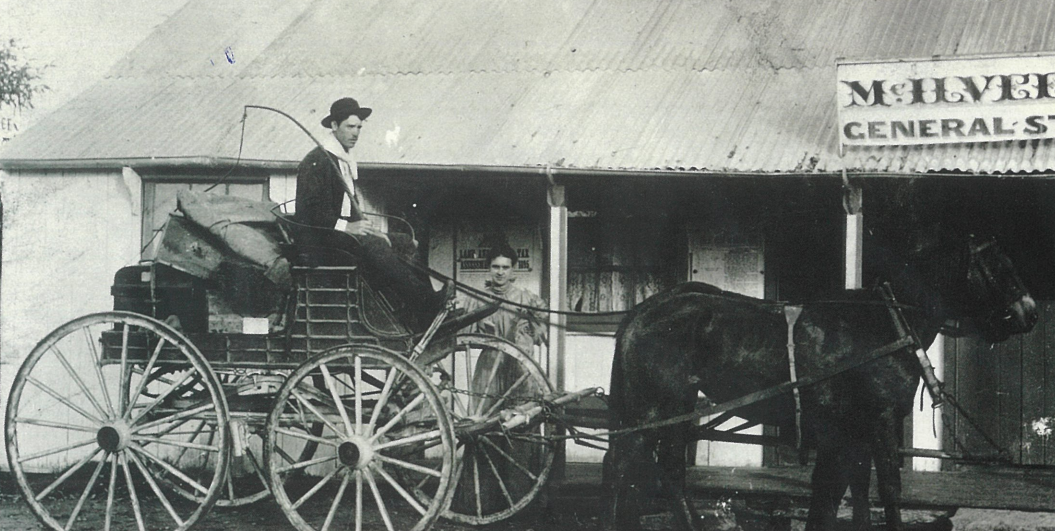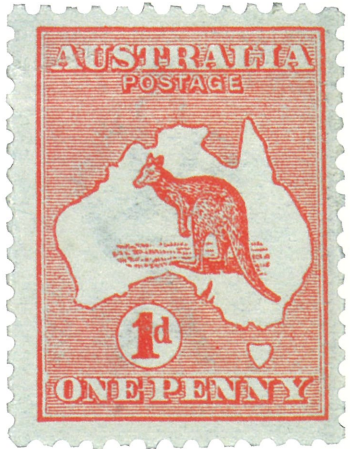Centuries of service
Our history dates back to 1809 when a former convict, Isaac Nichols, was appointed to the role of Postmaster for New South Wales, using his own home to sort mail that was collected from sailing ships arriving in Sydney Harbour.
The first official Post Office, opened by Nichols soon after, was in George Street, Sydney.
To deliver and collect mail, Australia’s first posties overcame enormous challenges. On horseback, then guiding horse-drawn coaches, they played a vital role in establishing overland routes connecting what became, in 1901, the Federation of Australia. Over time, the postal service progressively exchanged horsepower for trains, motor vehicles and planes to deliver mail and keep Australia connected.
More than two centuries later, we still have the same social purpose and commitment to connecting people, businesses and communities that inspired Nichols to start out by sorting mail from his home. This very same purpose of helping people stay in touch remains at the core of who we are.
- 19th century milestones
- 20th century milestones
- 21st century milestones
1809 — Ex-convict Isaac Nichols was appointed the first postmaster with authority to collect incoming and outgoing mail between Sydney and overseas destinations. Nichols retained all postal revenue received from which he met all the operating expenses. His residence in George Street, Sydney, served as the Post Office.
1812 — The first Postmaster appointed in Hobart was John Beaumont, who was succeeded by John Mitchell the following year. Like Nichols, Mitchell retained the postal revenue to meet the expenditure.
1825 — New South Wales passed a Postal Act to establish new Post Offices, fix rates of postage and set Postmasters’ salaries and allowances.
1828 — Following the opening of Post Offices at Bathurst, Campbelltown, Liverpool, Newcastle, Penrith and Windsor, the regular conveyance of mail between the towns commenced. In Sydney, the Chief Postmaster, one clerk and one letter carrier (postman) were sufficient to handle 50,000 letters and newspapers posted that year.
1831 — A regular two-penny post and post boxes (letter receivers) were established within the town limits of Sydney. That year, the total number of letters posted grew to 466,000 and Sydney’s postal staff increased to 15. Postmen were issued with uniforms of a red coat and black top hat.
1836 — Melbourne’s first Post Office was operated unofficially by John Batman at his residence.
1837 — The first official Post Office in Melbourne was established under the control of Sydney’s Chief Postmaster, as the Port Phillip District was part of NSW until the colony of Victoria was established in 1851. In Adelaide, Thomas Gilbert was appointed Postmaster and granted an allowance to operate a Post Office from his store.
1838 — The first overland mail route was operated by horseback once a fortnight between Melbourne and Sydney.
1841 — Melbourne’s first permanent Post Office was established at the corner of Bourke and Elizabeth Streets, which remained the site of postal activities for the next 160 years. Postmaster David Kelsh was assisted by one clerk and one letter carrier.
1850 — The first postage stamps were issued by New South Wales and Victoria, following the introduction of prepaid postage with low rates of unform postage. Previously, postage was calculated by distance and the amount collected from the addressee on delivery. Prepaid postage using stamps was adopted by Tasmania (1853), Western Australia (1854), South Australia (1855) and Queensland (1860); the last being the result of Queensland’s separation from NSW.
1853 — With the gold rush of the 1850s, Cobb & Co coach services emerged as an important part of the postal system. Cobb & Co had a near monopoly of Victoria’s mail contracts by the end of the 1850s. The company extended its operations into NSW and Queensland, but coach services gradually shrunk with the growth of railways.
1855 — The first railway line in NSW operated between Sydney and Parramatta and mail was carried on the train. In Victoria, mail was carried between Melbourne and Geelong when the line opened in 1857. The most important railway lines from the postal viewpoint were those operating between capital cities — Melbourne and Sydney (1883), Melbourne and Adelaide (1887) and Sydney and Brisbane (1888).
1857 — A regular mail service to England commenced. Following a contract being awarded to P&O (Peninsula & Oriental) shipping company two years later, mail was exchanged monthly between Sydney and Southampton in England. The frequency of voyages became weekly by 1880, with P & O operating fortnightly and its rival the Orient shipping line also carrying mail fortnightly.
1858 — Australia’s first money service was introduced in Victoria on 1 July.
1865 — A special feature of railway carriage of mail was the travelling post office (TPO) comprising a carriage in which postal staff sorted and postmarked mail during the train journey to use the time to best advantage. The first TPO operated on the Melbourne-Geelong-Ballarat line in 1865. As road transport improved and air services grew, the TPO network declined but it was not until the mid-1980s that the last service ended in NSW.
1867 — Australia’s first modern General Post Office was opened in Melbourne after nearly 10 years of construction. In 1887, a third storey was added and the clock raised to a height of 56 metres. Adelaide and Brisbane GPOs were opened in 1872, followed by the Sydney GPO in 1874. Hobart’s GPO opened in 1905 and Perth’s in 1923; the latter being the first GPO to be constructed without a clock tower.
1874 — Mary Ellen Cuper was appointed Australia’s first indigenous Postmistress at the New Norcia Mission in Western Australia.
1875 — Australia’s first postcards were issued by NSW in 1875, followed by Victoria in 1876. By 1882, the remaining four colonies had introduced postcards. These early postcards, involving cheaper postage (one penny) than letters, were a Post Office monopoly. Privately manufactured postcards were not permitted until the mid-1890s.
1891— Bicycles were first used by postmen in Warwick, Queensland. The seven Australasian colonies (the six Australian states and New Zealand) joined the Universal Postal Union, adhering to the Union’s Treaty that governed the operation of the international postal system.
1897—The world’s first charity stamps were issued by New South Wales and Victoria. The charity stamps were sold at a price 12 times greater than the actual postage amount with the difference being given to hospital charities.
-
 General Post Office, Melbourne, Victoria, circa 1880.General Post Office, Melbourne, Victoria, circa 1880.
General Post Office, Melbourne, Victoria, circa 1880.General Post Office, Melbourne, Victoria, circa 1880. -
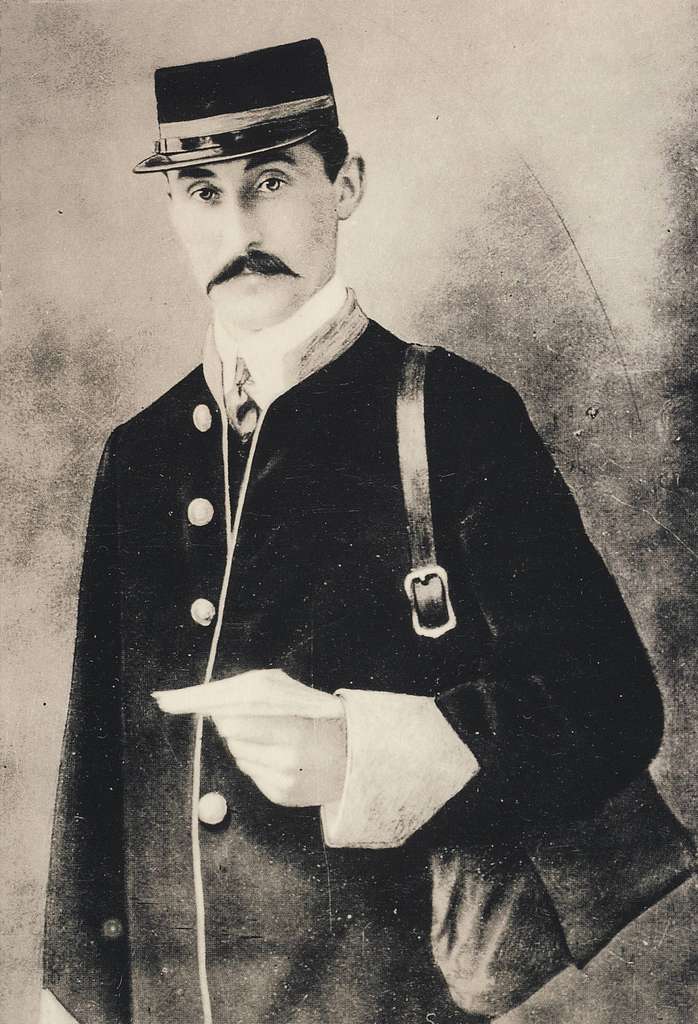 Postie in uniform, circa 1910.Postie in uniform, circa 1910.
Postie in uniform, circa 1910.Postie in uniform, circa 1910. -
Mail coach of yesteryear, date unknown.Mail coach of yesteryear, date unknown.
-
One penny stamp, 1911. On 1 May 1911, a uniform national postage rate (one penny) was introduced.One penny stamp, 1911. On 1 May 1911, a uniform national postage rate (one penny) was introduced.
-
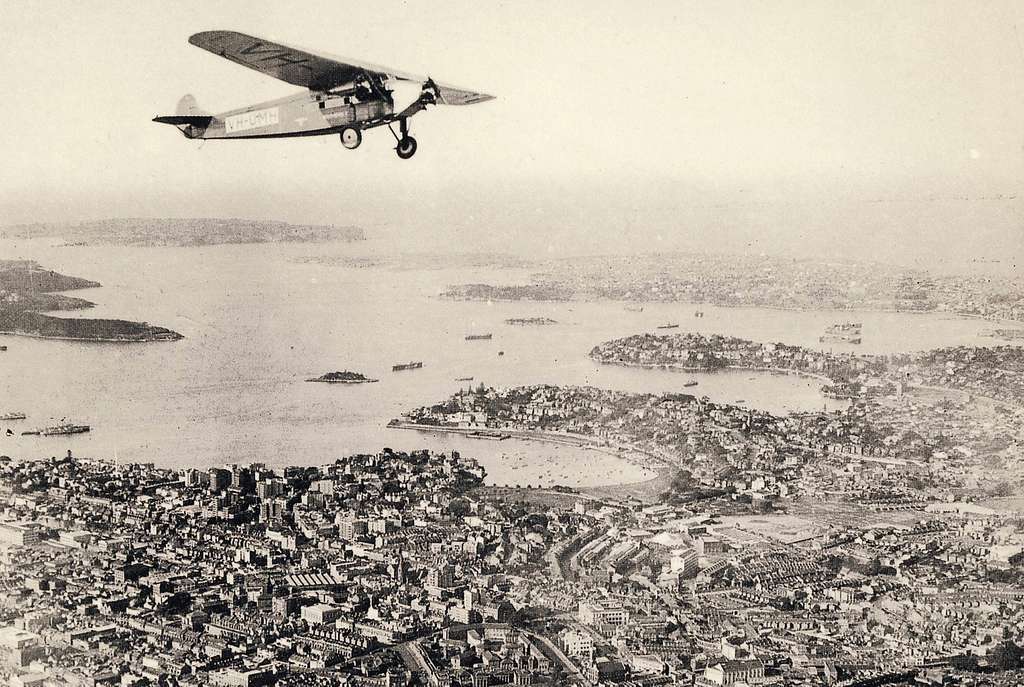 Early mail flight over Sydney circa 1930Early mail flight over Sydney circa 1930
Early mail flight over Sydney circa 1930Early mail flight over Sydney circa 1930 -
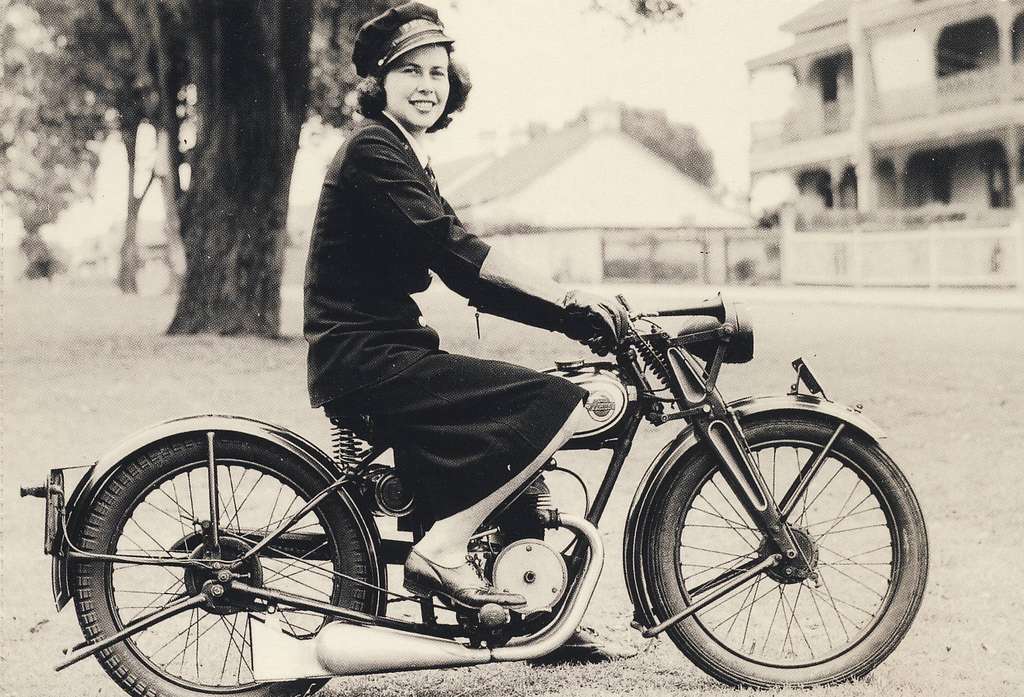 Motorcycle postie in Queensland, circa 1950Motorcycle postie in Queensland, circa 1950
Motorcycle postie in Queensland, circa 1950Motorcycle postie in Queensland, circa 1950 -
A postman delivering mail in 1959.A postman delivering mail in 1959.
-
Mail sorting in the Travelling Post Office (a train carriage dedicated to sorting mail, introduced in 1865), date unknown.Mail sorting in the Travelling Post Office (a train carriage dedicated to sorting mail, introduced in 1865), date unknown.
-
Postman delivering mail on a bicycle, 1989.Postman delivering mail on a bicycle, 1989.

